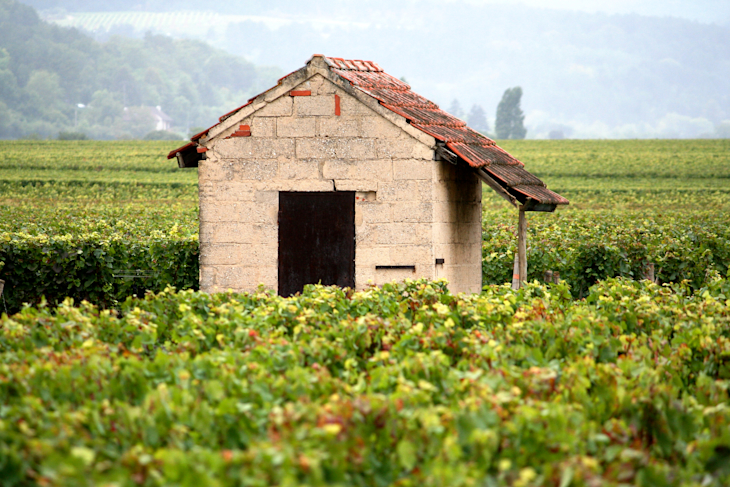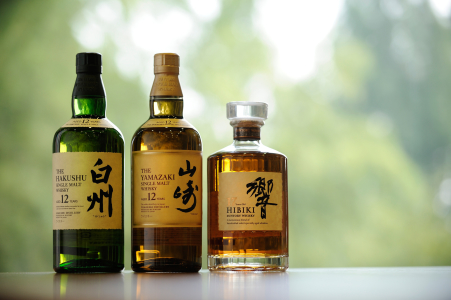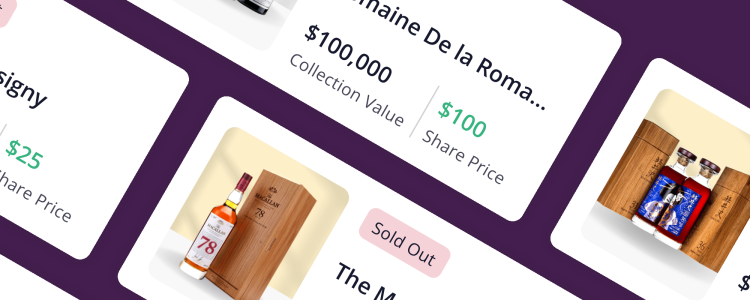While wine investing continues to show long term strength, the leading region has definitely been Burgundy. Gaining 98% over the last five years based on the Liv-ex Burgundy 150 index (a sub index from the London International Vintners Exchange), the top wines of Burgundy continue to garner attention from collectors and investors alike, with the closest sub region being Champagne (based on the Liv-ex Champagne 50 index) at a 5 year gain of 88.4%. Burgundy's performance more than doubles the broader market, with the Liv-ex 1000 index (tracking 1,000 investment grade wines from across the world) doing 42.3% over the same time frame.
The pinnacle of Burgundy is largely considered DRC Romanée-Conti Grand Cru. A prime example of this blue-chip wine's following is the 2014 vintage. A single bottle can cost you more than $23,000, while the Liv-ex market value of a case has increased by nearly 43.5% over five years. Domaine Romanée-Conti makes other wines as well, including famous names like Echezeaux and La Tache. Some other top performers include Domaine Leroy, Dujac, and Armand Rousseau. Many of these names are in the Burgundy 150 index, helping contribute to its market beating rise.
Burgundy is a region of scarcity. It produces far less wine per year than counterparts like Bordeaux, and it is this scarcity that plays right into the dynamics of wine investing. Some of its most coveted and sought out wines that have created some of the highest prices in the wine industry are exceptionally rare. The famous DRC Romanée-Conti Grand Cru can have as few as 5,000 bottles a year.
Because some of the most renowned wines like Romanée-Conti have reached incredible heights in terms of pricing, some investors and collectors have had to look at other options within the region for value. White Burgundies have seen rising interest in the last few years. In fact, white Burgundy’s trade value reached an all time high on Liv-ex in 2022. Because some of these wines are cheaper than the typical red wines of the region, more buyers have the opportunity to get involved in the segment.
Some of the top traded names for white burgundies have included the 2003 Domaine Leflaive Montrachet Grand Cru, 2020 and 2019 Coche-Dury Meursault, and 2003 DRC Montrachet Grand Cru. What’s interesting is that white burgundy once suffered from investment stigma over fears of premature oxidation of the wines. Clearly that is no longer the case, as Liv-ex noted in their December 2022 report that their white Burgundy index had outperformed the broader Burgundy 150, as well as red Burgundy indices over the last three years.
This is part of a broader shift for the region. The number of wines being traded has been increasing over the years, as buyers are forced to shift away from the aforementioned top grand cru like Romanée-Conti. Consider that in 2018, the number of Burgundies trading on the Liv-ex was 829, and in 2022 it was 1,924. That shows quite a move in terms of buyer interest.
For the start of a year that was slower for some other parts of the market, Burgundy is up 0.4% year to date. Even with the increase in white Burgundies and a broadening of the total wines being traded, Burgundy is still a game of Pinot Noir. Red wines accounted for a staggering 74.1% of regional trade value in 2022. Where consumer interest will go from here remains to be seen, but Burgundy's performance over the last twelve months has made it one of the most successful investment options within the wine investing market.


